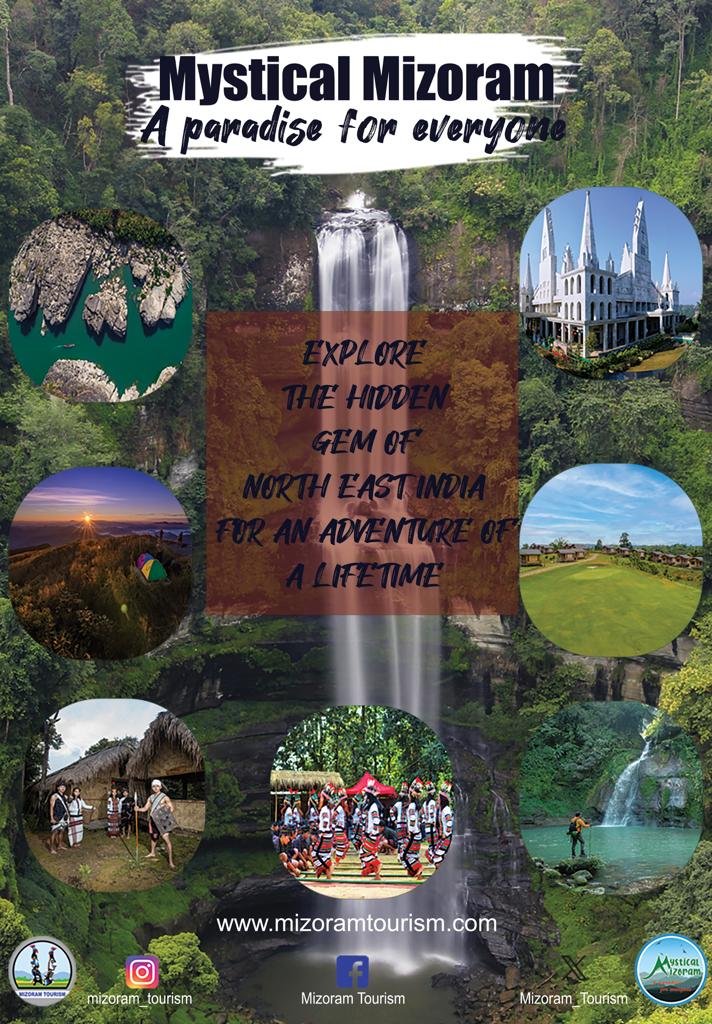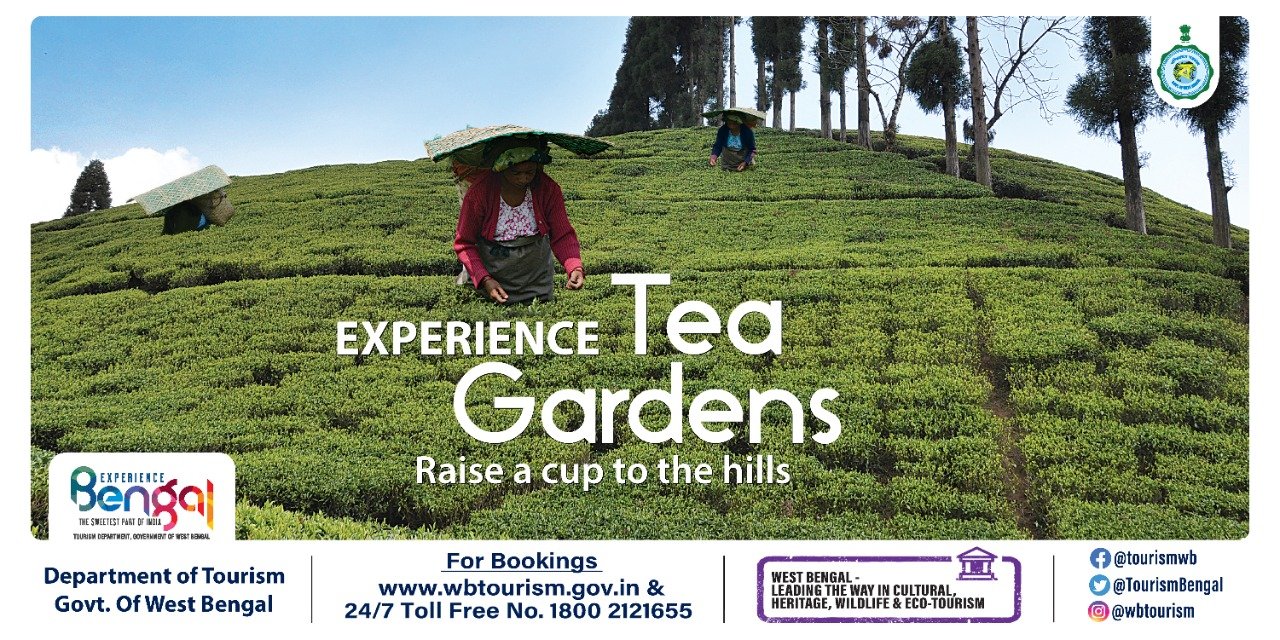
BY ROBIN GHOSH
( ECONOMIST AND PRESIDENT, SHANTINIKETAN SOCIETY FOR YOUTH EMPOWERMENT)
KOLKATA, 21 APRIL, 2023:
If you, like me, love sweets or misti as they say in Bengali – you will be astonished to observe the extensive range of sweets that are available in Bengal. No state in India probably can claim such a portfolio of sweets in terms of content, texture , colour and taste.

The design and architecture of Bengali sweets are both classical, but at the same time, contemporary. Sanatan and modern.
If you like to identify DNA of the Bengali sweets , you will have a problem – how will you categorize? You can divide between syrup and non syrupy, between fried, burnt and baked, between classical and contemporary.
Bangla Misti is also a manifestation of Bengal’s open minded culture and readiness to absorb counter culture – be in literature, music, art and also in terms of making of sweets or Bangla misti.
Take for example, sirni, a sweet used by Hindus and Muslims while they perform Satyanaryan or Satyapir’s rituals.

However much you try to categorize, ultimately the best yardstick will be how much you enjoy the sweet. Nevertheless, if you still hanker to categorize, the easiest way to describe Bangla misti is either Rajbhog or Debbhog.
Rajbhog is sweets created to please the Governor or power that be and Debbhog is sweets created to please the God.

Examples of Rajbhog are – the sweet Ladykeny, a sweet created to please the wife of Lord Kenny, the Governor of Bengal and Babarshah, a sweet designed to please Edward Babar, a British Resident in East Midnapore District in Bengal.
Apart from pleasing British Governors and Residents, ample examples are available where sweets were invented to please local maharajas and zamindars.
Take for example Mihidana, a popular sweet of Burdwan was created by local sweet makers under instruction of Maharaja of Burdwan to please the Governor of Bengal and two senior judges of Kolkata High Court. Chanabora, another popular sweet, was invented to please British officials by Raja Manindra Chandra Nandi of Baharampur , Murshidabad.
Gutke Sandesh of Srirampur is a classic example of Debbhog. A sweet is made to please the God Radhaballabhji. The bhog would be incomplete without a gutke sandesh.

Another occasion when you can find celebration of Bangla misti is during the halkhata or starting of a new accounting year. While accounts are being settled , creditors and debtors rejoice with a variety of Bangla misti from traditional to modern.
Unfortunately, the repertoire of Bangla misti is gradually getting eroded leading to a great loss of heritage and the craft. Save Bangla Misti. Save Bengals Heritage.

Advertisement:






























Add Comment